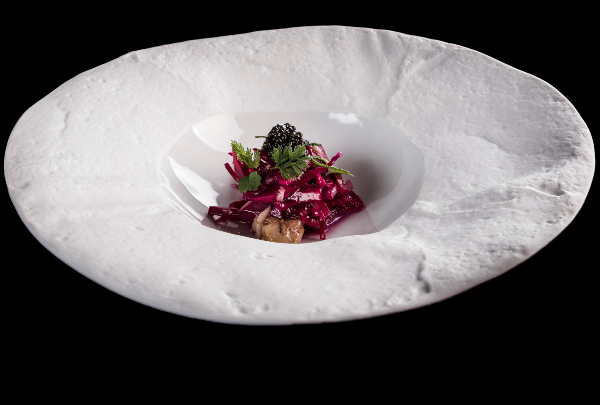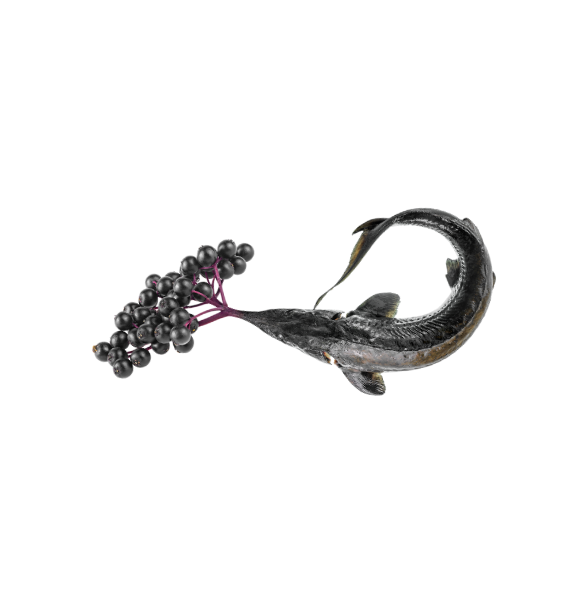Interview
Josh Niland: “We still have a lot to learn about the culinary potential of fish, including in pastry making”
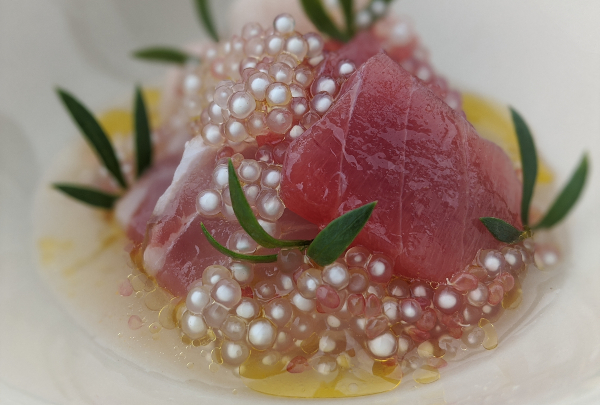
Josh Niland has become a champion of the fight against food waste.
Focusing on fish, he has emerged as a prominent advocate of what he calls ‘fish butchery’: working with fish with the same desire to use everything as we do with pork or beef. In these times of sustainable awakening, this approach is gaining followers, which makes Niland an obvious choice as a guest speaker at the next edition of Madrid Fusión.
A chat with Josh Niland will give you the urge to run to the nearest fishmonger’s and celebrate the glory of fish. He speaks with proficiency, but above all he speaks with passion – passion for fish, but also for a view of food in harmony with the environment and sustainability. He shares life lessons as well as cooking lessons.
This Australian chef, who grew up in Maintland, in Hunter Valley, a couple of hours’ drive from Sydney, doesn’t come from a family with particular interest in cookery, but a cancer diagnosis as a child and the treatment that followed awakened his love of cooking: “My mum would lovingly prepare the food I liked and eating brought me comfort. That’s how I came to understand the generosity involved in preparing a meal and giving it to your family”. Today he is the one who, from his kitchens at Saint Peter – his Sydney restaurant –, comforts and amazes his guests with his seafood-based cuisine. “I love the challenge that fish presents. Not just the work or the labour of fabricating fish but the challenge of altering the perception of this extraordinary protein,” he says, although he does admit that a lot remains to be done in that respect as “We haven't even scratched the surface of fish in terms of its culinary potential.”
Niland plays around in search of this potential, starting from the basis that “what can be achieved with an animal can be achieved with a fish”. From there, he went on to dry-ageing, not just as a method of conservation but as a way to make “the fish taste more savoury and overall more complex and distinct to the fish species in question”. He prefers not to wash the fish – he believes we’ve been perpetuating this misguided practice out of tradition. Instead, he hangs the fish by the bone and keeps it at the right temperature and “to find the moment when it tastes better. It really depends on the fish.”
Although dry-ageing is the technique Niland is most famous for, his determination to explore all the possibilities fish has to offer keeps him trying and testing. “This is essentially the role of a chef, no?” he ventures. “It’s not about cracking tins of caviar, it’s about realising a valuable generous outcome”. This path is now taking him to look for opportunities in the world of pastry: “We are currently working on the many applications of rendered fish fat as a substitute for animal fats. The utilisation of fisheyes as eggs in sweet dishes as well is an area we are exploring”.
“A fish is made up of more than just fillets”
All this research work goes hand in hand with a deep commitment to sustainability. This is where the second pillar of the gastronomic approach that drives the Saint Peter team comes into play: the no-waste ethos. From head to tail. The integral use of every single part of the fish.
It is estimated that each fish yields less than 50% -- the head and offal are thrown away or are used in making fishmeal and ultimately only perfect, clean fillets are kept. “A fish is made up of more than just fillets,” he asserts. This is why his objective is to use 90% of the fish, one way or another.
“For centuries, many parts of the world have celebrated every part of an animal or fish out of sheer necessity, but with the consumer now having more choice than they ever had before then we find ourselves only taking the centre of the fillet and disregarding the majority of the product. How is it that we can be comfortable with this?”, he wonders. Unquestionably, an over-populated world and a disproportionately consumption-driven economy are not sustainable. Things must change. So does cooking.
But being sustainable isn’t just a commitment to the environment. It’s also, Niland argues, a way for the business itself to be financially viable. “Buying any premium product – be it vegetables, meat, or fish – comes at a price, but celebrating the whole fish from top to bottom and bringing desirability and value to less desired cuts makes it completely viable.” Saint Peter’s star technique, ageing and dry handling, also increases viability because “if we aren't washing our fish, a far greater shelf life is achieved that goes well beyond day three or four. Correct handling, preparation and storage results in an excellent outcome and when you are utilising all but 10% of a fish. Then the value of one fish realises the value of two”.
“Less is more”. “Quality over quantity”. Niland sums up.
“We have a huge responsibility to manage the food on this planet correctly and wasting food is inexcusable”. This cry of alarm isn’t just for his fellow chefs, but also for each and every consumer. How? Josh agrees that we do have to diversify our fish diet “it should be seen more about celebrating quality over quantity and building fish into our diets in less volume, working with a fish that you have clear understanding of where it is caught and who has handled it and planning the meals you intend to make with food that you purchase.”
In short, we must make every meal a celebration, value the fish and respect it, and not let the tedious task of removing the bones cloud the experience of eating a good fish. From head to tail.

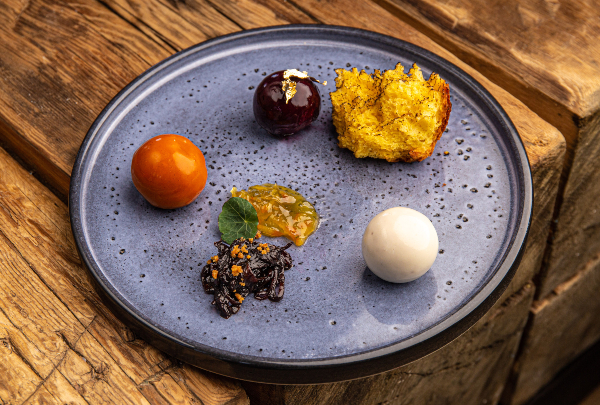
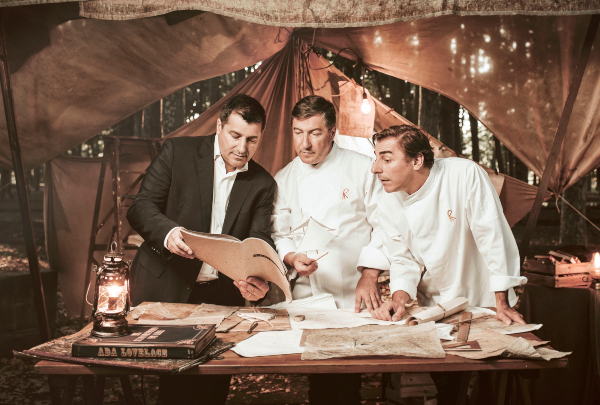
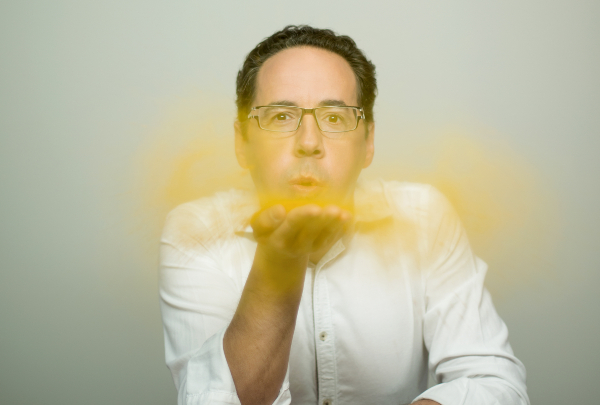
 600x405.jpg)
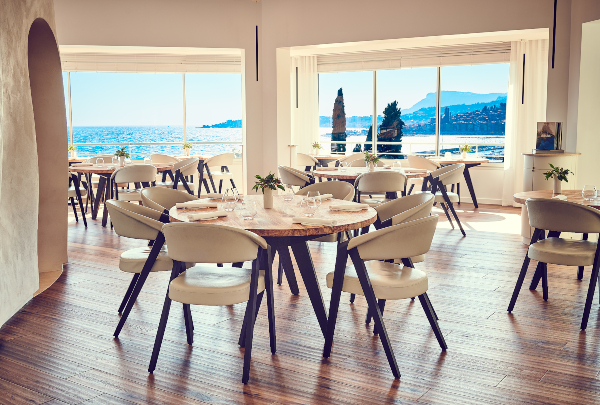
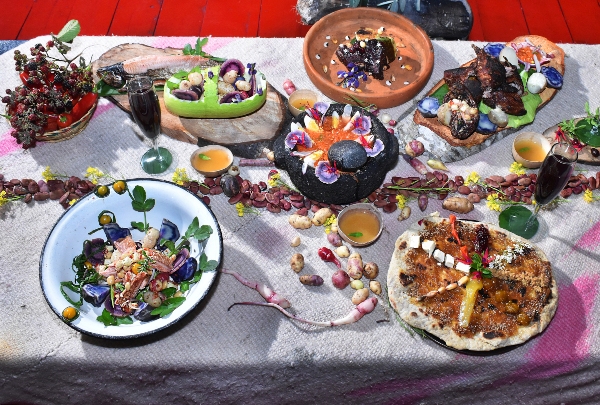
600x405.jpg)
.jpg)
.jpg)
